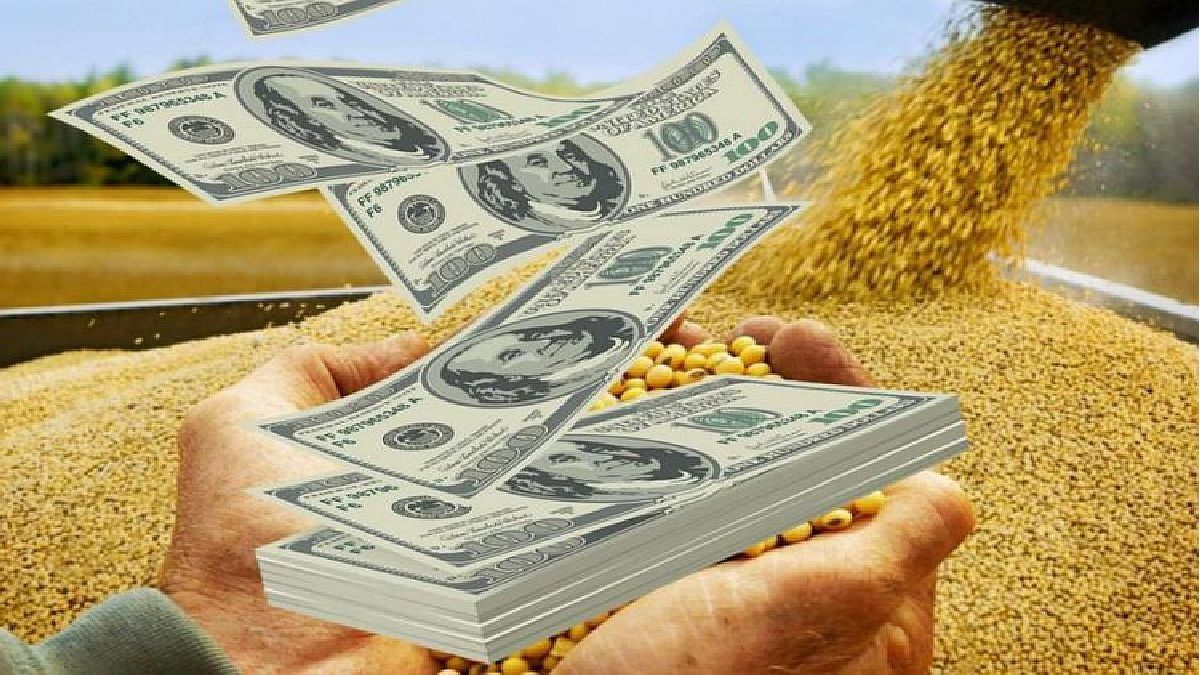The agricultural sector has suffered significant losses in recent years.. While some companies default with their suppliers, analysts are divided between those who see the incubation of a major crisis and those who consider that it is an exceptional situation, which will be corrected in 2025 due to the improvement of the international context and the change in course. at the local level.
According to the consultant Facimexthe real income of agriculture for its three main crops (soybeans, wheat and corn) is at its lowest level in the last two decades.
The appreciation of the real exchange rate, international prices and withholdings are the factors that harm the profitability of the sector according to specialists.
Agro income.jpg
The three factors that erode agricultural income
Regarding the first of these items, it is worth noting that the official data from the Central Bank (BCRA) indicate that in December The multilateral real exchange rate (which compares the real value of the dollar in Argentina with that of its main trading partners) reached its lowest level since November 2015. This implies that the country becomes expensive in dollars and that domestic exports become less competitive.
Regarding international prices, in the accumulated of the year Soybeans suffered a collapse of 23.3%, reaching around US$360 per ton, the lowest figure in real terms since October 2006.. More limited variations, but ultimately negative, were seen in wheat (-12.3%) and corn (-3.4%).
Likewise, in agriculture they assure that they suffer a tax pressure of between 60% and 70% on the income generated by its production. “When it rains well and prices are good, the field has great profits and can save and invest to have more back and endure when dry periods like the ones we had in 2023 or low prices like the one we had during 2024 arrive. With withholdings, the State takes away from the sector the possibility of being more efficient“, he pointed out in dialogue with Area Aldo AbramExecutive Director of the Libertad y Progreso Foundation.
The elimination of withholdings, the great demand for agriculture
It is worth remembering that the Government promised to eliminate Export Duties (DEX), better known as withholdings, but has not yet made progress in this regard under the justification that public spending must be reduced even further since, in this context, The elimination of the aforementioned tax would put the much-mentioned fiscal surplus at risk.. Against this backdrop, doubts persist as to whether the tax reduction will occur in 2025 or if it will be a matter of longer periods.
“It is not surprising that today in the countryside they are complicated because low prices and droughts were compounded by withholdings, which were used to finance public spending that was unsustainable. We have to see how by reducing public spending and, on the other hand, using the increase in revenue that comes from the economic recovery, you can begin to lower that exorbitant tax pressure.“Abram noted in this regard.
Default of large companies: temporary or structural problem?
In this context, in recent days it was learned that the companies Surco, Agrofina and Los Grobo could not meet their debt maturities, which puts the normal functioning of the sector’s payment chain at risk.
The economist Salvador Vitelli I had been warning about this situation for a long time. In August he showed how the net margins for producers for a rented field were negative for first soybeans and for late corn.
“With these export rights, the number for planting does not close. That the margin is negative due to tax issues (unrelated to the business per se) is inexcusable. in an Argentina that desperately needs dollars and greater activity,” he noted at that time.
Regarding current problems, Abram sees them more as temporary than structural.partly because companies did not expect the Government to change the economic course as it did. Looking to the future, he sees macroeconomic stability, the reduction of withholdings and the recomposition of external prices as factors that can help agriculture in 2025.
Source: Ambito




